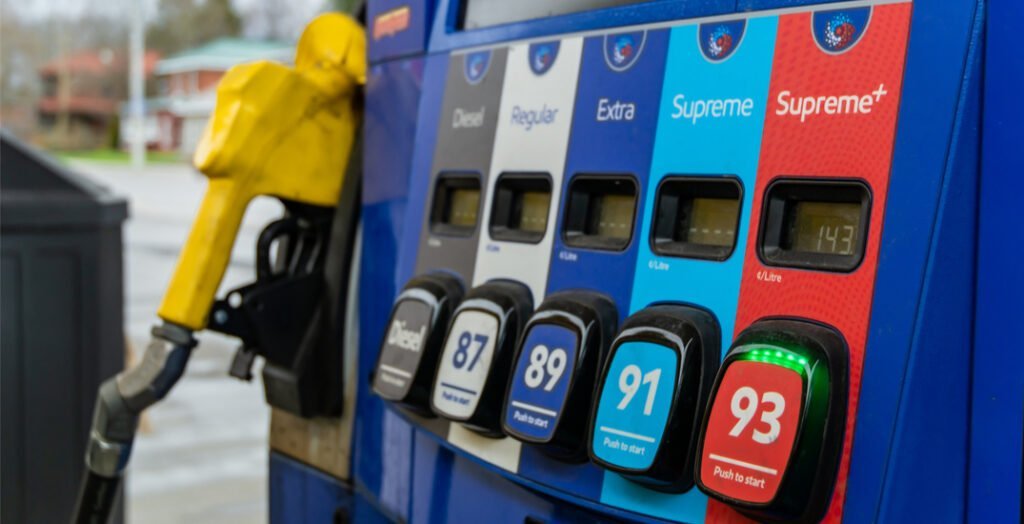Gasoline prices have long been a subject of interest and concern for residents of Edmonton, as well as for people across the globe. In Edmonton, like in many other cities, gas prices are subject to fluctuation due to a myriad of factors, including global oil markets, supply and demand dynamics, government policies, and local market conditions. This article delves into the intricate web of influences that shape gas prices Edmonton, examining both the local factors and the broader global context that contribute to the ever-changing cost of fuel.
Global Oil Market Dynamics
To understand the nuances of gas prices in Edmonton, it’s crucial to grasp the role of the global oil market. Edmonton, like many cities, relies on crude oil to produce gasoline. Fluctuations in the price of crude oil on the international market can directly impact the cost of gasoline at the local pump. Factors such as geopolitical tensions, supply disruptions, and changes in production quotas set by oil-producing nations can all cause volatility in oil prices.
Supply and Demand Factors
The law of supply and demand is a fundamental driver of gas prices. When demand for gasoline exceeds supply, prices tend to rise. Conversely, if supply outpaces demand, prices may stabilize or even decrease. In Edmonton, factors such as seasonal variations, increased travel during holidays, and the overall economic health of the region can impact the demand for gasoline. Additionally, unexpected events such as natural disasters can disrupt supply chains, leading to temporary spikes in gas prices.
Refining and Distribution Costs
Gasoline doesn’t simply come out of the ground ready for use. The process of refining crude oil into gasoline involves various stages, each with its own associated costs. These costs include refining, transportation, and distribution. Local refineries play a crucial role in determining the final cost of gasoline in Edmonton. Any maintenance shutdowns or technical issues at these refineries can disrupt the supply chain and potentially drive up prices.
Government Policies and Taxes
Government policies and taxes have a significant impact on the price of gasoline in Edmonton. Gasoline taxes, both at the federal and provincial levels, are a substantial portion of the cost at the pump. These taxes are often earmarked for infrastructure development and road maintenance. Changes in tax rates can directly influence gas prices. Additionally, regulatory policies aimed at reducing emissions and promoting cleaner fuels can also affect the refining process and consequently, the price of gasoline.
Competitive Market Landscape
Edmonton, like many urban centers, boasts a competitive landscape of gas stations. This competition can influence the pricing strategies of gas station owners. In a bid to attract more customers, some gas stations may adopt lower profit margins, leading to lower prices. Conversely, stations that offer premium services or convenient locations might charge a premium for their gasoline. This interplay of competition and market positioning can lead to varying gas prices across the city.
Consumer Behavior
Consumer behavior also plays a role in gas price fluctuations. When consumers anticipate rising gas prices, they might rush to fill up their tanks, creating a surge in demand. This surge can lead to temporary price increases. On the other hand, if consumers curtail their driving due to high prices, demand might decrease, causing prices to stabilize or fall.
Environmental Factors and Alternative Fuels
Environmental concerns have led to increased interest in alternative fuels and energy sources. As the adoption of electric vehicles and hybrid technology grows, the demand for gasoline could decrease, putting downward pressure on prices. Additionally, government incentives for eco-friendly vehicles and the expansion of charging infrastructure can shape consumer preferences and impact gas consumption patterns.
Conclusion
The dynamics of Edmonton gas prices are intricate and multifaceted, shaped by global oil market trends, supply and demand fluctuations, refining costs, government policies, competitive market dynamics, and consumer behavior. As we navigate an era of increasing environmental awareness and technological advancements, the landscape of gas prices is likely to continue evolving. By understanding the underlying factors at play, residents of Edmonton can better prepare for the inevitable shifts in gas prices and make informed decisions about their transportation needs.
